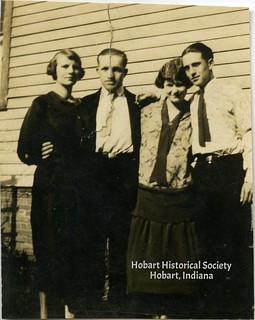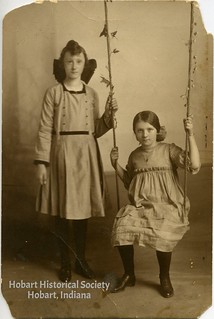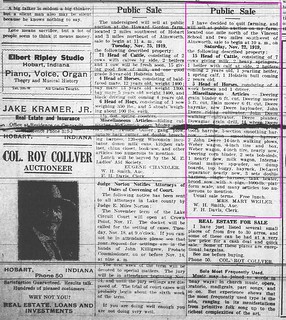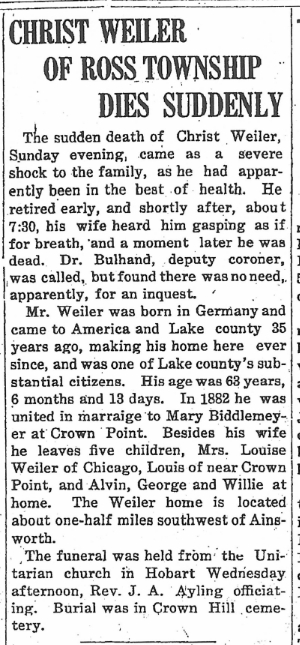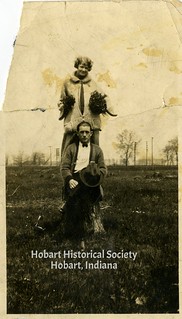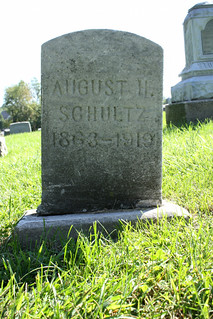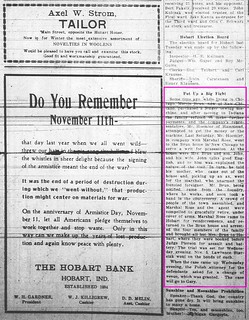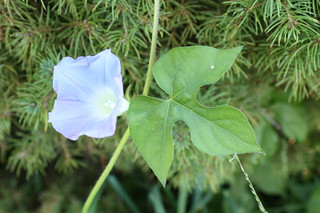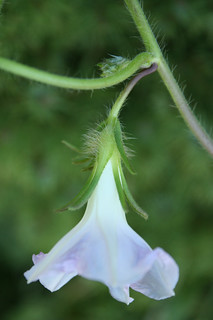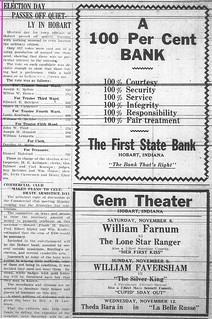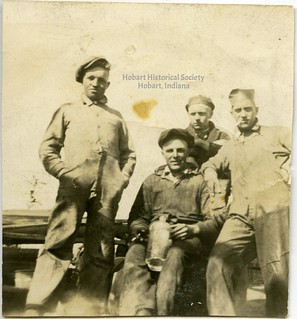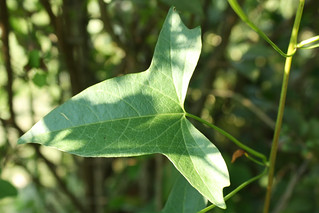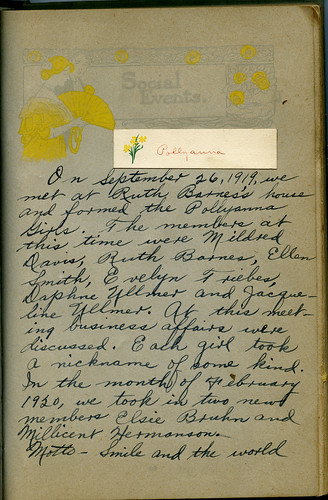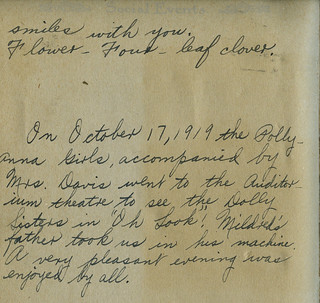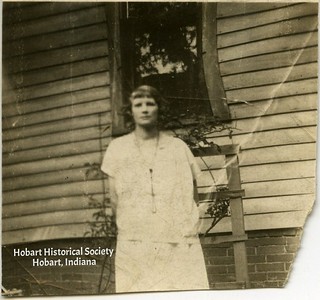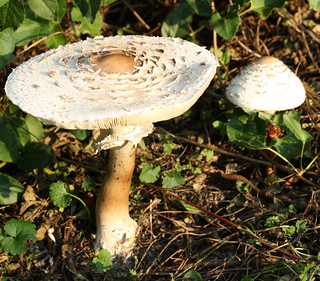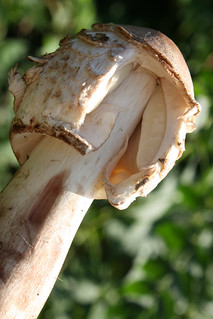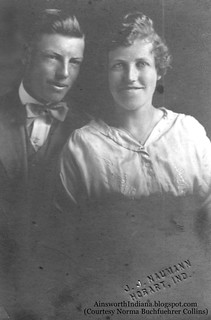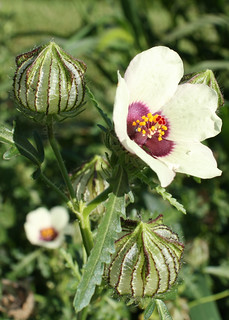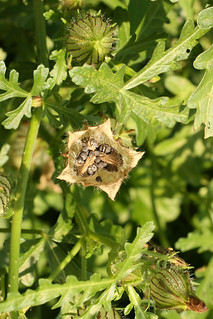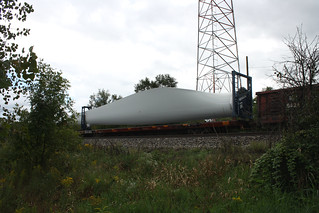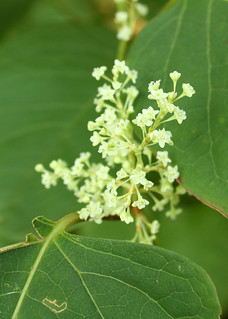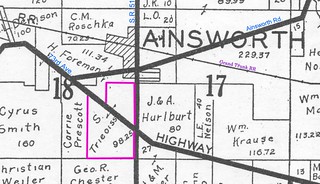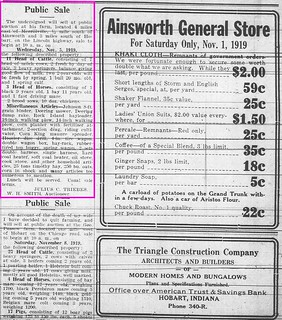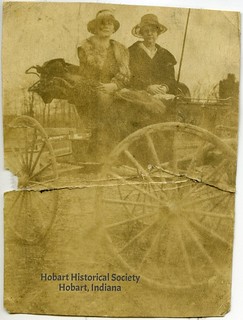The first anniversary of Armistice Day brought thousands of people to downtown Hobart to celebrate the end of the war and the return of their soldiers — about 5,000, from Hobart itself, from neighboring farms and from nearby towns. The weather cooperated, with clear skies and mild temperatures.
In the afternoon, even before the main festivities, the town had a rare treat. A couple of pilots had been in the area taking "high-altitude" photographs for the government, and Harry Coons, president of Hobart's Commercial Club, had persuaded them to put on a little air show. Astonished schoolchildren were among those watching as the aircraft flew over the town and performed aerial stunts.
At 6:00 p.m., many businesses in Hobart shut down so that their owners and employees could join the fun — only the ice-cream parlors stayed open; and in the
Watson building, the ladies in charge of feeding the crowds reported handing out some 4,000 plates between 6:00 and 8:00 p.m. (And the food was free to the diners — paid for by subscriptions, or donated.)
After an hour and a half of eating, about 100 local men who had served in the late conflict began assembling in front of Odd Fellows Hall (Fourth and Main). They were in civilian dress, but each had been provided with a white ribbon, printed with the words: "Hobart Veteran, Armistice Day, 1919" in gold letters. These men, led by a Hobart musical band and four Civil War veterans carrying the American flag, marched the two blocks north to Community Hall (the former Hobart House).
There they halted, and they and the crowd pressing around them listened to an address by the Rev. A.H. Lawrence — only ten minutes of solemn speech, and then everything dissolved into merry-making. A Chicago vaudevillian provided comic relief; a quartet sang; the Hobart band played and young folks transformed the newly paved Main Street into an open-air dance hall. Later the dancing went indoors, to the polished floors in Community Hall and Odd Fellows Hall.
It was "a splendid demonstration of community pride and patriotism," said the
Gazette, "not unlike the old Fourth of July celebrations held back in the 90's."
♦ ♦ ♦The same issue of the
Gazette brought us some news about our old friend, John Killigrew:
While workmen were digging for a sewer lead to the new house which John Killigrew is having built on Michigan avenue, on land purchased from Oscar Carlson, two large and handsome Indian tomahawks were unearthed. Mr. Killigrew feels proud of the recovery of the old relics.
(It also reported that the "Jolly Four," whose identity I hope to discover, planned to host a masquerade ball at Ainsworth on November 19.)
According to the following week's
News, the new Killigrew bungalow was being built by Walter Boal and Willard Stevens, and was to have seven rooms. I don't know where it was, or is.
Sources:
♦ "Hobart Celebrates for Returned Soldiers." Hobart News 13 Nov. 1919.
♦ "Hobart Has Big Celebration." Hobart Gazette 14 Nov. 1919.
♦ "Local and Personal." Hobart News 20 Nov. 1919.
♦ "Local Drifts." Hobart Gazette 14 Nov. 1919.
